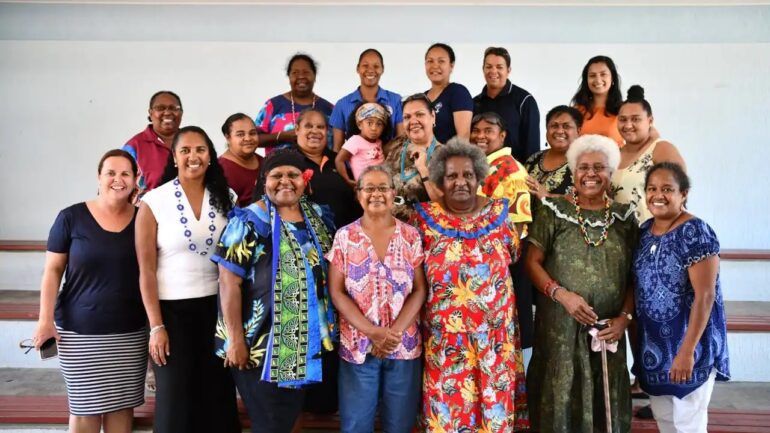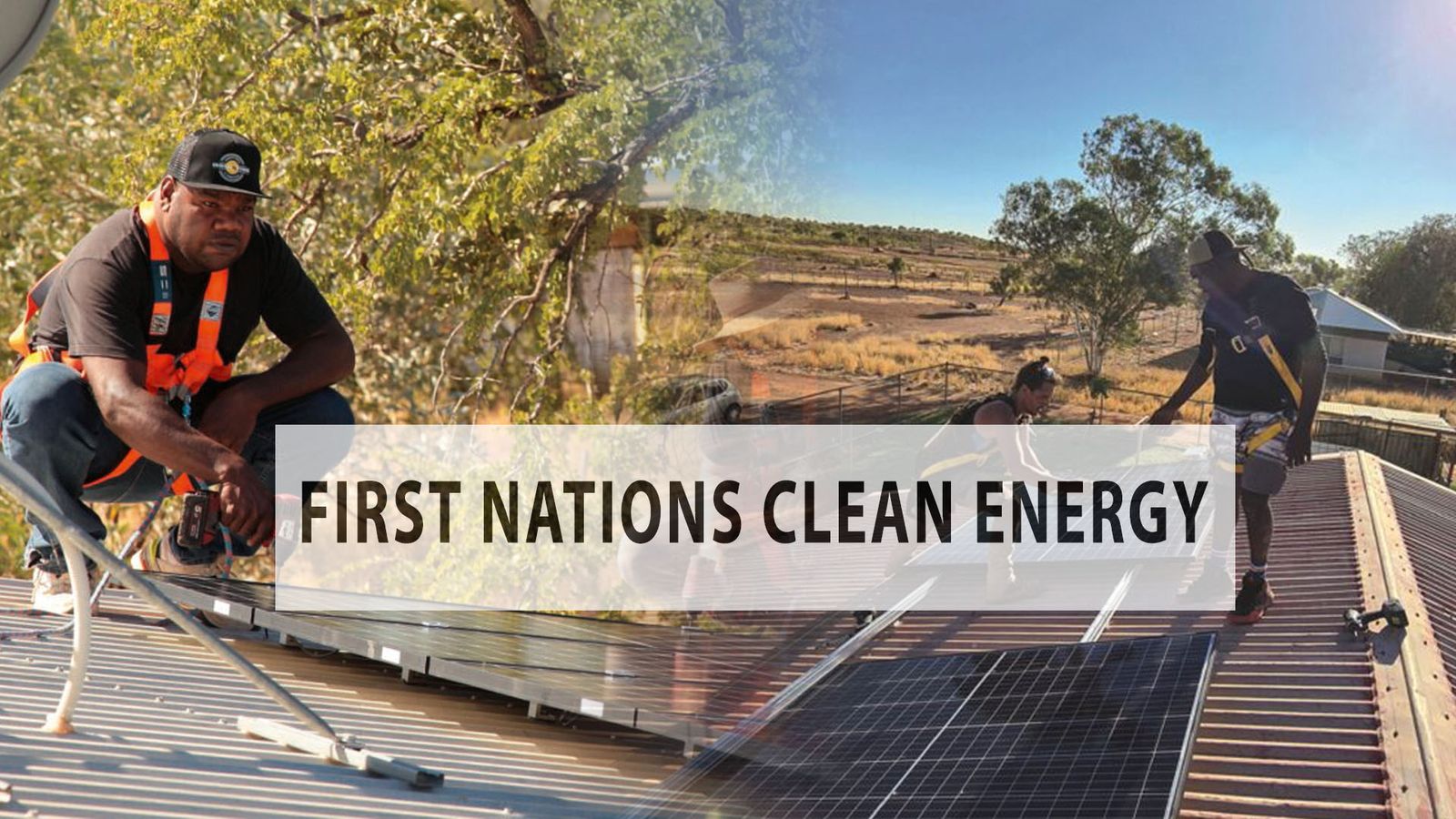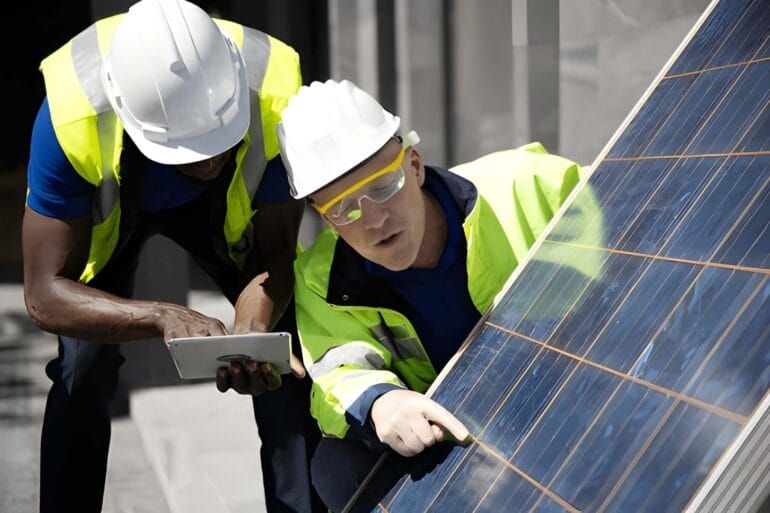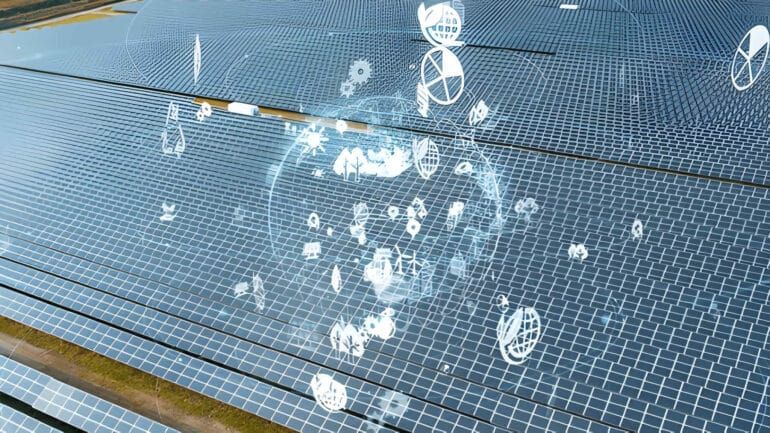The First Nations Clean Energy Strategy in Australia is a vital approach that aims to address energy challenges faced by Indigenous communities while fostering economic development, environmental sustainability, and cultural empowerment. By promoting renewable energy projects, engaging communities, providing training and skill development, and fostering partnerships, this strategy seeks to empower First Nations peoples in their pursuit of clean energy solutions. In this article, we will explore the significance of the First Nations Clean Energy Strategy, its benefits, case studies of successful projects, government support, and ways to overcome barriers.
Introduction

Australia’s First Nations, also known Aboriginal and Torres Strait Islander peoples, have a profound connection to the land and a rich cultural heritage. However, many Indigenous communities face energy poverty, inadequate access to reliable and affordable energy, and reliance on fossil fuels. The First Nations Clean Energy Strategy recognizes the urgent need to address these challenges and transform the energy landscape in a way that aligns with Indigenous values and aspirations.
What are First Nations?
First Nations refers to the diverse Indigenous peoples of Australia, including Aboriginal and Torres Strait Islander communities. These communities have a unique relationship with the land, culture, and traditional knowledge that has been passed down through generations. First Nations peoples have a deep understanding of the environment and hold valuable insights into sustainable practices.
Importance of Clean Energy
Clean energy plays a crucial role in addressing climate change, reducing greenhouse gas emissions, and transitioning to a more sustainable future. By embracing clean energy sources such as solar, wind, and hydropower, we can minimize our reliance on fossil fuels and mitigate the harmful impacts of climate change. Clean energy also offers numerous economic, social, and environmental benefits, making it a critical aspect of global energy transition efforts.
Current Energy Situation in Australia
Australia’s energy sector is primarily reliant on coal and natural gas, contributing to significant carbon emissions. While the country has made progress in renewable energy adoption, there is still a need for greater clean energy integration. This transition is particularly important for Indigenous communities, who often bear the brunt of environmental degradation caused by traditional energy sources.
Challenges Faced by First Nations in Accessing Clean Energy
Indigenous communities in Australia face unique challenges in accessing clean energy. These include geographical isolation, limited infrastructure, high costs, and lack of technical expertise. Additionally, many remote communities rely on diesel generators, which are not only expensive but also harmful to the environment and public health. Overcoming these challenges requires tailored strategies that consider the specific needs and aspirations of First Nations peoples.
First Nations Clean Energy Strategy
The First Nations Clean Energy Strategy is a comprehensive approach aimed
at empowering Indigenous communities and promoting the adoption of clean energy solutions.
The strategy encompasses several key elements:
Promoting Renewable Energy Projects
The First Nations Clean Energy Strategy emphasizes the development and implementation of renewable energy projects. This involves supporting the establishment of solar farms, wind turbines, and other sustainable energy infrastructure within Indigenous territories. By harnessing the abundant renewable resources available in Australia, First Nations communities can reduce their reliance on fossil fuels and generate clean energy locally.
Community Engagement and Empowerment
Engaging and empowering Indigenous communities is a fundamental aspect of the strategy. It recognizes the importance of involving community members in decision-making processes, ensuring that their voices are heard and their aspirations are taken into account. Community consultations, workshops, and partnerships enable First Nations peoples to actively participate in the development, management, and ownership of clean energy projects.
Training and Skill Development
To ensure the long-term success of clean energy initiatives, the strategy focuses on providing training and skill development opportunities for First Nations communities. This includes technical training in renewable energy installation, operation, and maintenance, as well as capacity-building programs that empower community members to take leadership roles in clean energy projects. By equipping Indigenous peoples with the necessary knowledge and skills, the strategy promotes self-sufficiency and sustainability.
Partnerships and Collaboration
Collaboration is key to the success of the First Nations Clean Energy Strategy. It involves establishing partnerships between Indigenous communities, government agencies, industry stakeholders, and non-profit organizations. These partnerships facilitate knowledge exchange, resource sharing, and financial support, creating a supportive ecosystem that fosters the implementation of clean energy projects. By working together, stakeholders can leverage their expertise and resources to overcome challenges and maximize the impact of clean energy initiatives.
Benefits of First Nations Clean Energy Strategy
The First Nations Clean Energy Strategy offers numerous benefits for Indigenous communities, the environment, and the broader society:
Economic Development
Clean energy projects create opportunities for economic development within Indigenous territories. They generate employment, stimulate local businesses, and foster economic self-sufficiency. By participating in the renewable energy sector, First Nations communities can diversify their income streams, reduce poverty, and improve the overall well-being of community members.
Environmental Sustainability
The transition to clean energy is essential for mitigating the impacts of climate change and preserving the environment for future generations. By reducing greenhouse gas emissions and promoting sustainable practices, the First Nations Clean Energy Strategy contributes to environmental conservation and protection of sacred lands. It aligns with the traditional ecological knowledge of Indigenous peoples, who have been stewards of the land for thousands of years.
Social and Cultural Empowerment
Clean energy initiatives led by First Nations communities empower Indigenous peoples to maintain and revitalize their cultural heritage. They provide opportunities for traditional practices, such as land management and storytelling, to be integrated into the renewable energy sector. By incorporating cultural values and knowledge systems, clean energy projects become a means of cultural preservation, fostering pride and resilience within Indigenous communities.
Case Studies of Successful First Nations Clean Energy Projects
Several successful First Nations clean energy projects serve as inspiring examples of the impact that can be achieved:
1. Warburton Solar Farm (Western Australia)
 The Warburton Solar Farm, owned and operated by the local Ngaanyatjarra Lands community, is a shining example of community-led renewable energy. This solar panel farm provides clean energy to remote communities in the region, reducing their reliance on diesel generators and improving energy affordability. The project has created job opportunities and stimulated economic development within the community while reducing carbon emissions.
The Warburton Solar Farm, owned and operated by the local Ngaanyatjarra Lands community, is a shining example of community-led renewable energy. This solar panel farm provides clean energy to remote communities in the region, reducing their reliance on diesel generators and improving energy affordability. The project has created job opportunities and stimulated economic development within the community while reducing carbon emissions.
2. Barambah Solar Farm (Queensland)
The Barambah Solar Farm, developed in partnership with the Cherbourg Aboriginal Shire Council, has transformed an unused parcel of land into a thriving renewable energy facility. The solar panel farm generates clean energy for the local community
and surrounding areas, powering homes and businesses while reducing carbon emissions. The project has not only provided economic benefits and job opportunities but also fostered a sense of pride and ownership among the Indigenous community.
Government Support and Policies
The Australian government plays a crucial role in supporting the First Nations Clean Energy Strategy. It has implemented various policies and initiatives to facilitate the transition to clean energy and address the specific needs of Indigenous communities. These include:
Funding programs:
The government provides financial support through grants, funding programs, and incentives specifically targeted at First Nations clean energy projects. This financial assistance helps overcome the financial barriers faced by Indigenous communities in implementing renewable energy initiatives.
Policy frameworks: The government has developed policy frameworks that prioritize Indigenous participation and engagement in the clean energy sector. These frameworks ensure that the unique needs and aspirations of First Nations peoples are considered in energy planning and decision-making processes.
Collaborative partnerships:
The government actively collaborates with Indigenous organizations, community leaders, and industry stakeholders to develop and implement clean energy strategies. These partnerships facilitate knowledge sharing, capacity building, and resource mobilization.
Regulatory support:
The government establishes supportive regulatory frameworks that promote clean energy development while addressing any legal or administrative barriers that may impede Indigenous participation.
Overcoming Barriers and Moving Forward
While progress has been made in advancing the First Nations Clean Energy Strategy, there are still challenges to overcome. Some of the key barriers include:
Funding limitations:
Limited access to financial resources can hinder the implementation of clean energy projects in Indigenous communities. Continued investment and financial support from government agencies, private sector partners, and philanthropic organizations are crucial to overcoming this barrier.
Technical expertise:
Indigenous communities may lack the technical expertise and knowledge required to develop, operate, and maintain clean energy infrastructure. Training programs and partnerships with industry experts can help bridge this gap and empower community members with the necessary skills.
Infrastructure and grid limitations:
Many remote Indigenous communities face infrastructure and grid limitations, making it challenging to integrate renewable energy systems. Innovative solutions such as microgrids, energy storage, and off-grid technologies can help overcome these limitations and ensure reliable access to clean energy.
Moving forward, it is essential to prioritize the involvement of First Nations communities in decision-making processes, ensuring their active participation and representation. By incorporating Indigenous perspectives and knowledge systems, clean energy initiatives can be designed and implemented in a manner that respects cultural values and aspirations.
Conclusion
The First Nations Clean Energy Strategy in Australia presents a transformative approach to address energy challenges faced by Indigenous communities. By promoting renewable energy projects, engaging communities, providing training and skill development, and fostering partnerships, this strategy empowers First Nations peoples in their pursuit of clean energy solutions. The benefits are far-reaching, encompassing economic development, environmental sustainability, and social and cultural empowerment. Through collaborative efforts and continued support, the vision of a clean energy future that respects and empowers First Nations communities can be realized.
FAQs
What is the role of First Nations in Australia’s clean energy transition?
First Nations communities play a crucial role in Australia’s clean energy transition. They bring valuable traditional knowledge, cultural values, and a deep connection to the land. Their active participation in the development and implementation of clean energy projects ensures that these initiatives align with Indigenous aspirations and contribute to sustainable development.
How does clean energy benefit First Nations communities?
Clean energy provides numerous benefits for First Nations communities. It creates job opportunities, stimulates economic development, and improves energy affordability. Additionally, clean energy projects help preserve the environment, reduce reliance on fossil fuels, and empower Indigenous communities to maintain and revitalize their cultural heritage.
What are some successful clean energy projects led by First Nations?
Examples of successful clean energy projects led by First Nations include the Warburton Solar Farm in Western Australia, which provides clean energy to remote communities,
reducing reliance on diesel generators. Another example is the Barambah Solar Farm in Queensland, which has transformed unused land into a thriving renewable energy facility, benefiting the local Indigenous community and surrounding areas.
Are there any government incentives for First Nations clean energy initiatives?
Yes, the Australian government provides various incentives and funding programs specifically targeted at First Nations clean energy initiatives. These incentives include grants, funding programs, and financial support to overcome barriers and facilitate the implementation of renewable energy projects in Indigenous communities.
How can individuals support First Nations clean energy efforts?
Individuals can support First Nations clean energy efforts in several ways. They can raise awareness about the importance of Indigenous participation in the clean energy transition, support organizations and initiatives that promote clean energy in Indigenous communities, and advocate for policies that prioritize Indigenous involvement and empowerment in the renewable energy sector.







